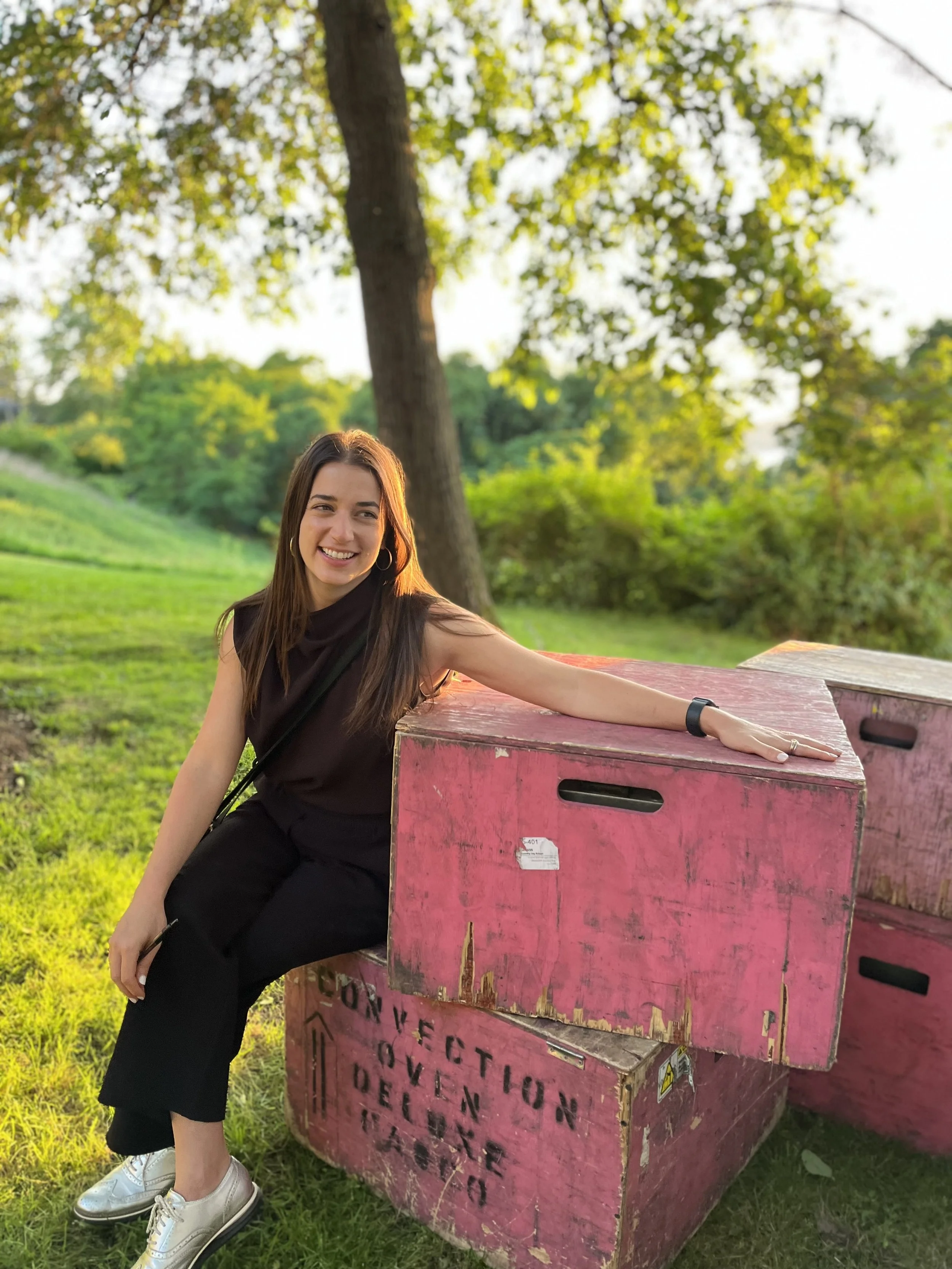Five Planning Tips for a Tented Wedding
Tented weddings seem to be really popular. We do them a lot. Like all the time. So, we decided to put together five tips to help you understand the complexities of planning a tented affair.
1. Lighting
So many of our clients don’t think about lighting. That’s okay - that’s what we’re here for. But remember, a tent is a temporary structure - lighting can be really pretty - but it's also really important from a functional point of view. We need to light the tent to ensure we’re not hosting a pitch black reception…could make for a very dangerous party!
2. Flooring
Flooring can be a major expense. Some of our clients opt for full floors, others opt for no floors - but either way, we insist there’s at least a dance floor. You don’t want dancing on the grass - that’d make for a very uncomfortable dance party - and patios often have crevices and uneven surfaces…so go for a dance floor, if not a full floor. We can do dance floors in different colors, custom patterns or a simple black, white or wood finish. A full floor is lovely but we realize it is not for everyone, so have fun with the dance floor!
3. Weather
A tent alone does not protect you from heat waves, cold fronts, rain, etc. We ALSO need to plan for each possible weather plan. In rain, we may need sides down or, we might even go with a bigger tent than needed to leave a larger perimeter (sideways rain is real). In cold weather, we may want to budget for sides and temporary heat - hello May & October couples - very unpredictable months! In heat waves, we may be fine with fans, but we may also want to consider sides down with temporary air conditioning. Additionally, in rain, we often build out custom marquee tents (aka hallways) from the bathrooms, or from the kitchen tent or from cocktail hour. Sometimes we find ourselves with multiple weather contingency plans (example, rain plan, cold weather plan, windy rain plan)…guess that’s why they call us planners.
4. Kitchen access
Often we need to build out a kitchen tent too. Another added tenting cost that often is overlooked until we’re on board…the kitchen doesn’t need a fancy tent, but they need coverage not only in case of weather, but to give the catering team a proper setup and to hide all the boxes/crates that come from party rental. Some venues have a “back of house” space we can use elsewhere, but others do not. For example, often in private homes, we will use the client’s kitchen and garage for the catering team. But other times, if that’s too far from the guest tent, then we’ll build out an auxiliary kitchen tent right next to the reception tent.
5. Tent selection
Choose your tent carefully. You cannot have a clear top tent in the thick of summer - it acts like a greenhouse and it is brutal for the staff, the guests and particularly the setup crew…plus it’ll kill your flowers pretty quickly. If you want a sailcloth tent, we need to plan accordingly with the floorplan to make sure we’re accounting for the poles in the center of the tent. Once we’ve chosen a tent (and floor) then we can have fun with design (a fun entrance, ceiling installation, pole decor, draping on the ceiling or along the perimeter…etc). We’ll save tent design tips for another day :)
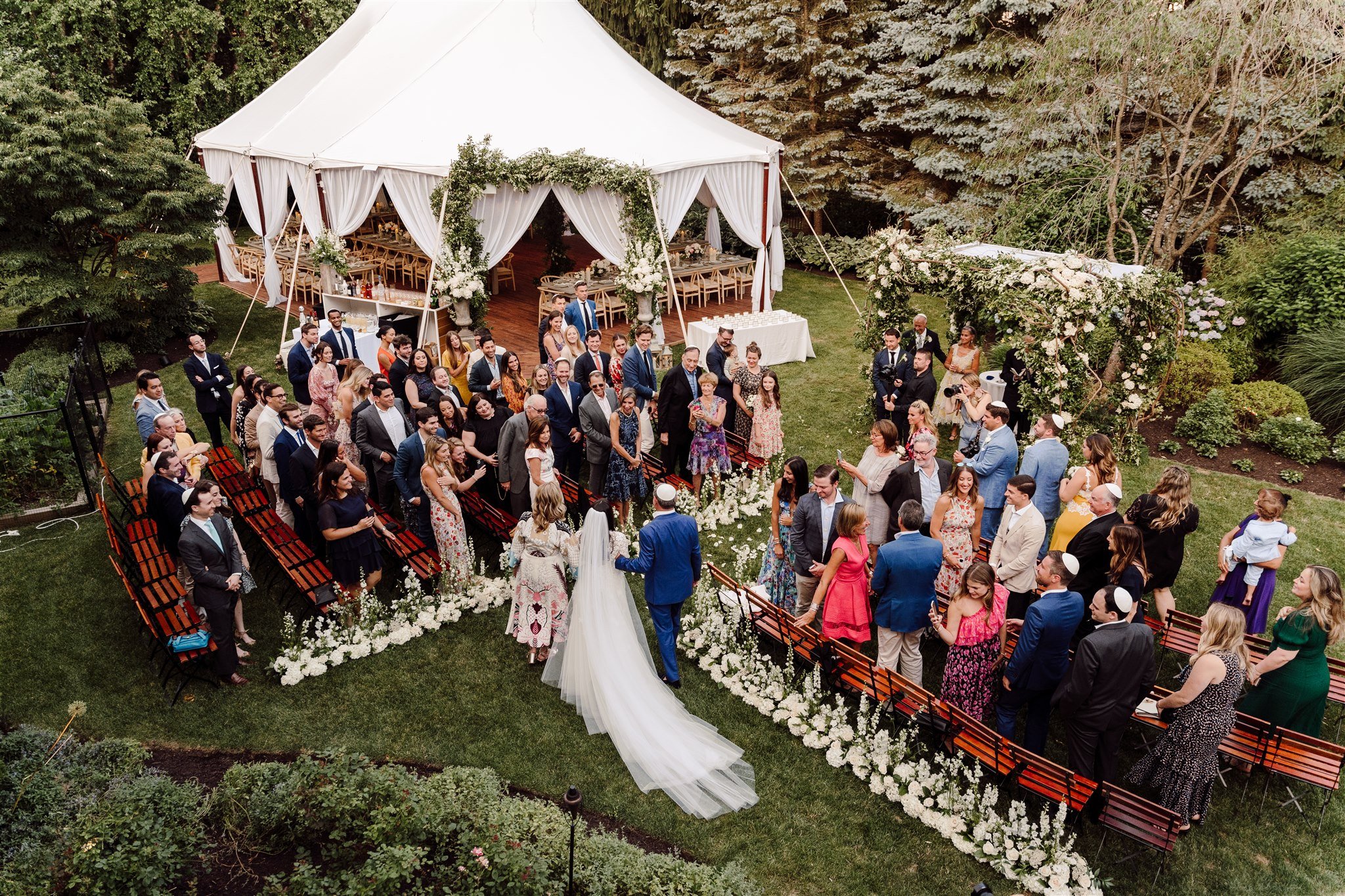
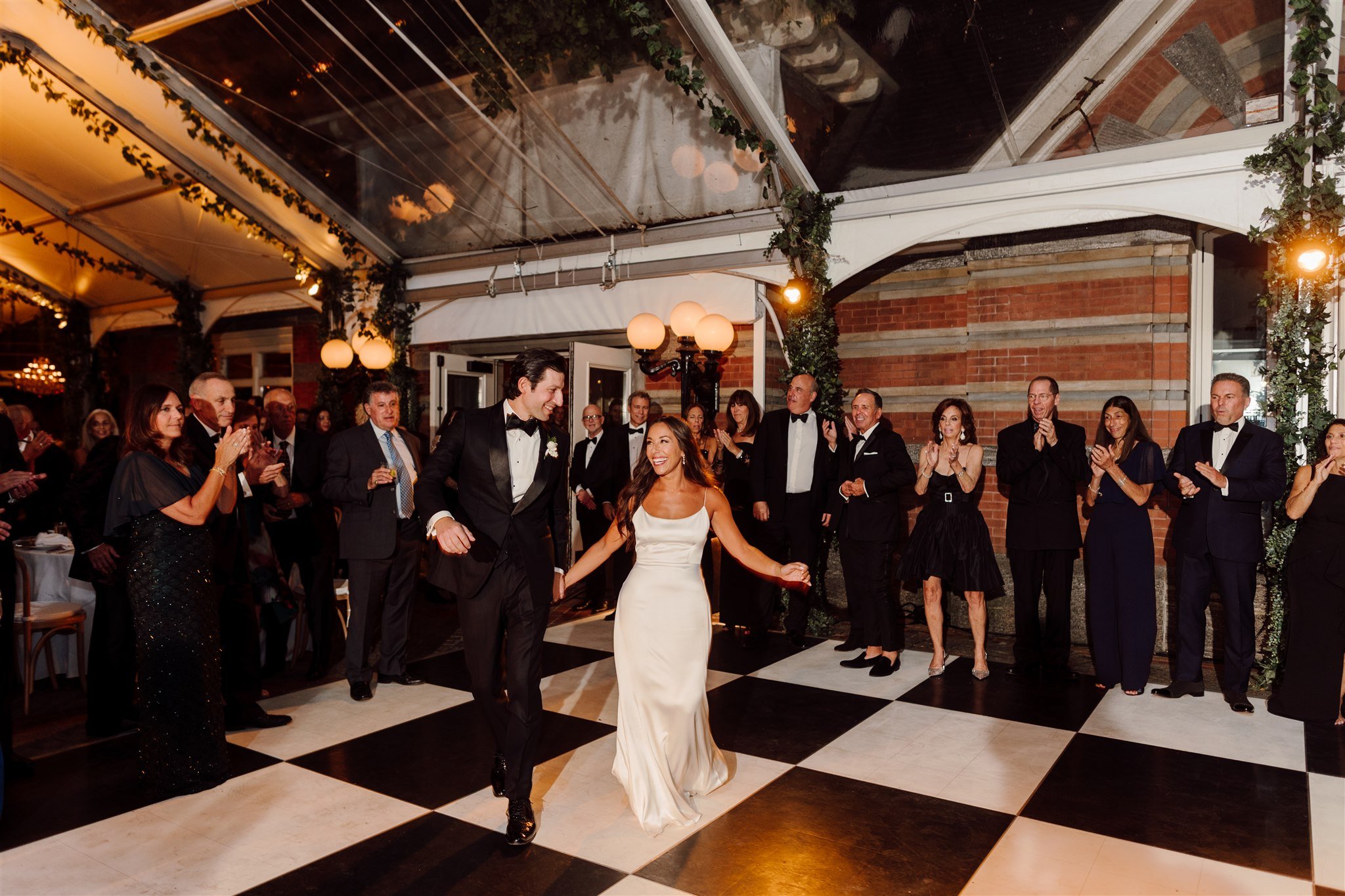
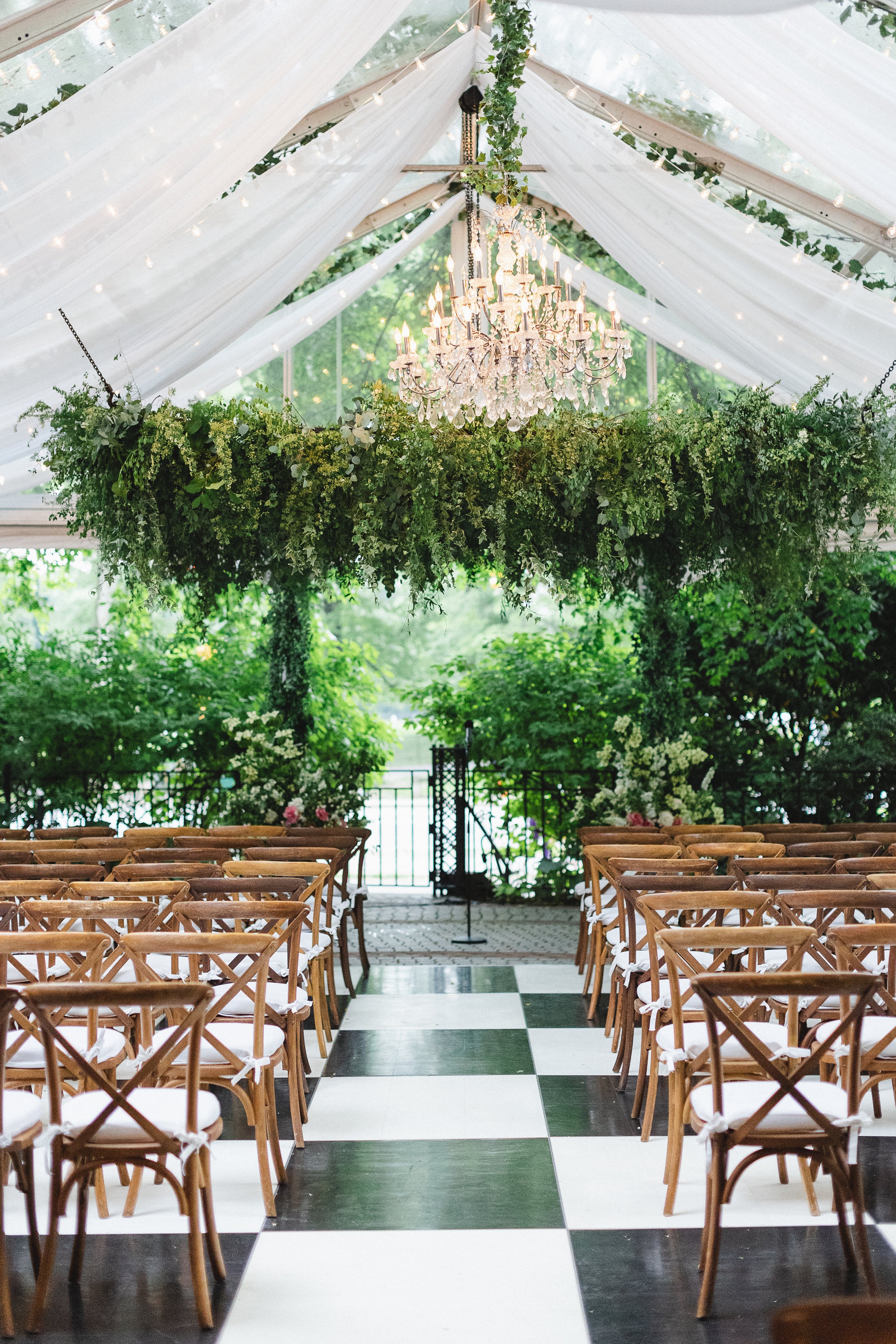
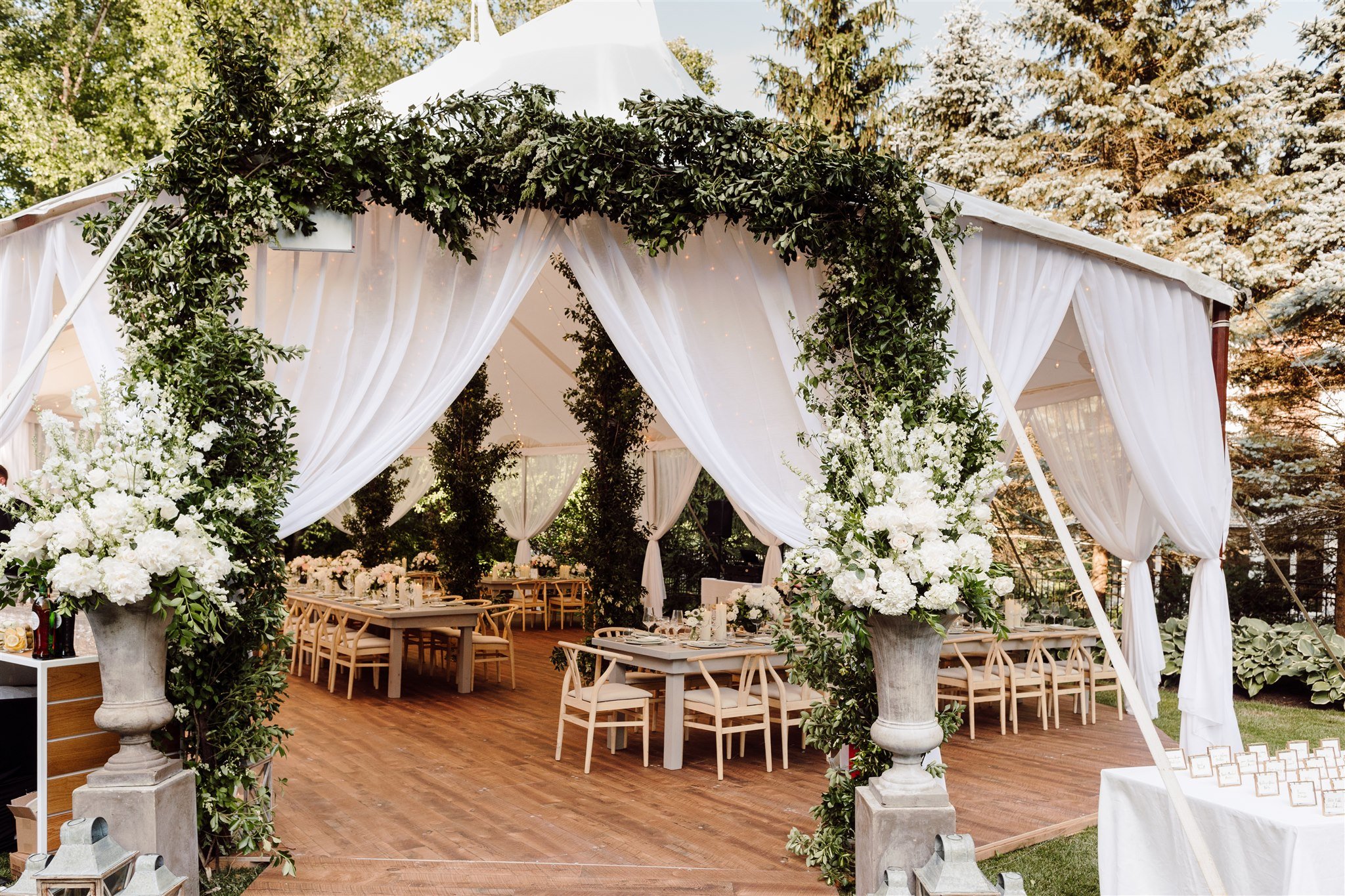


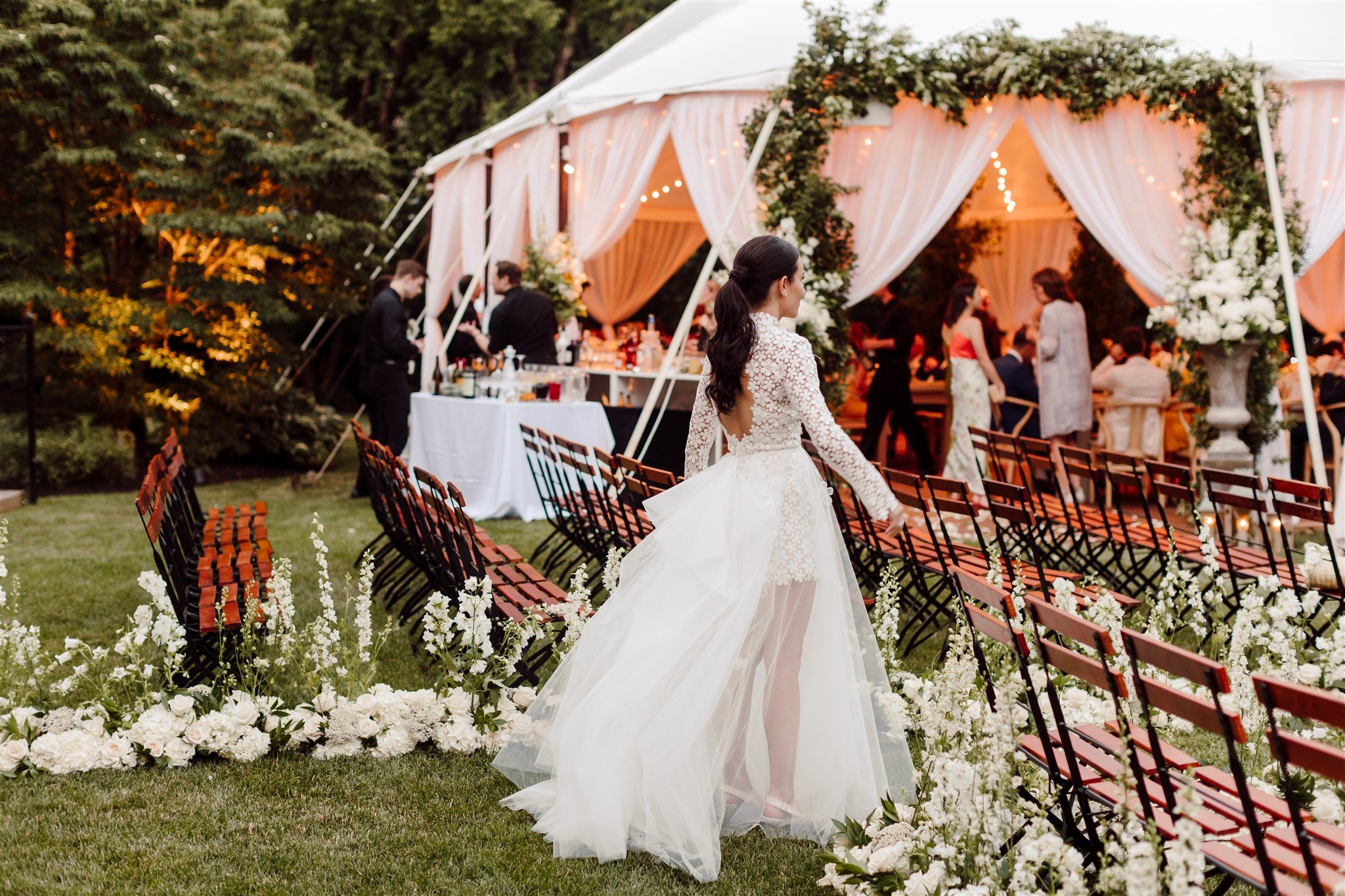
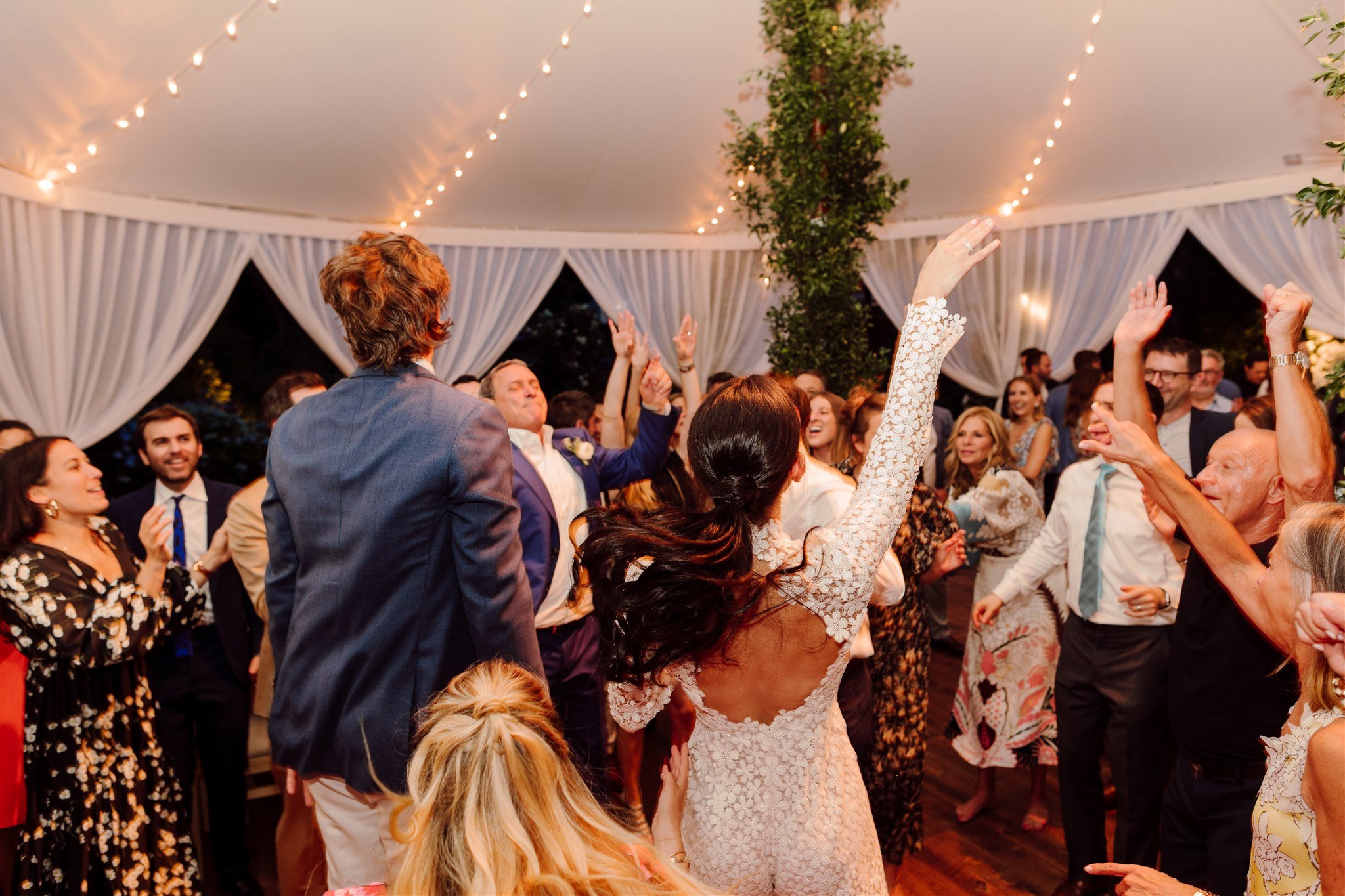
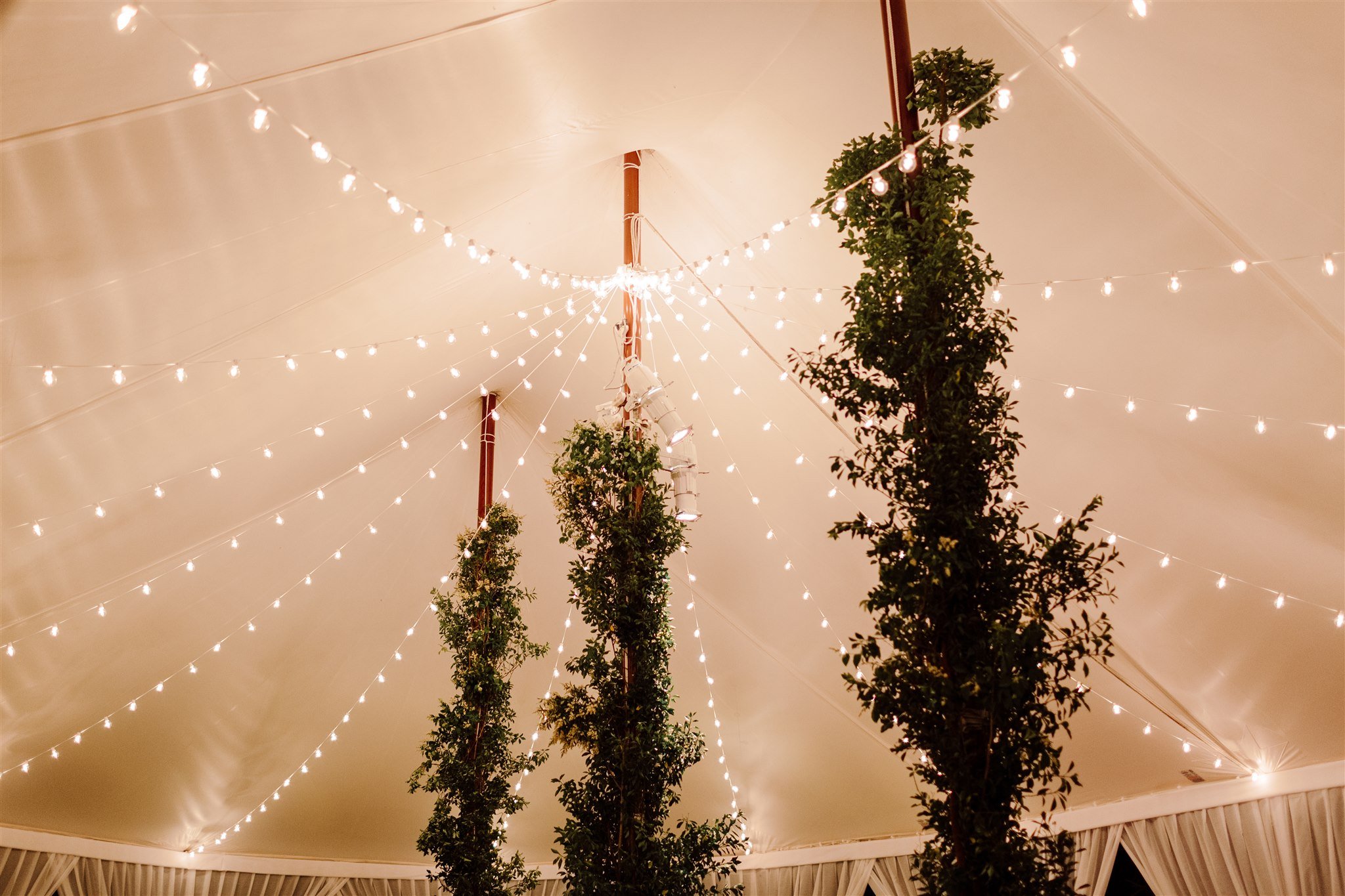
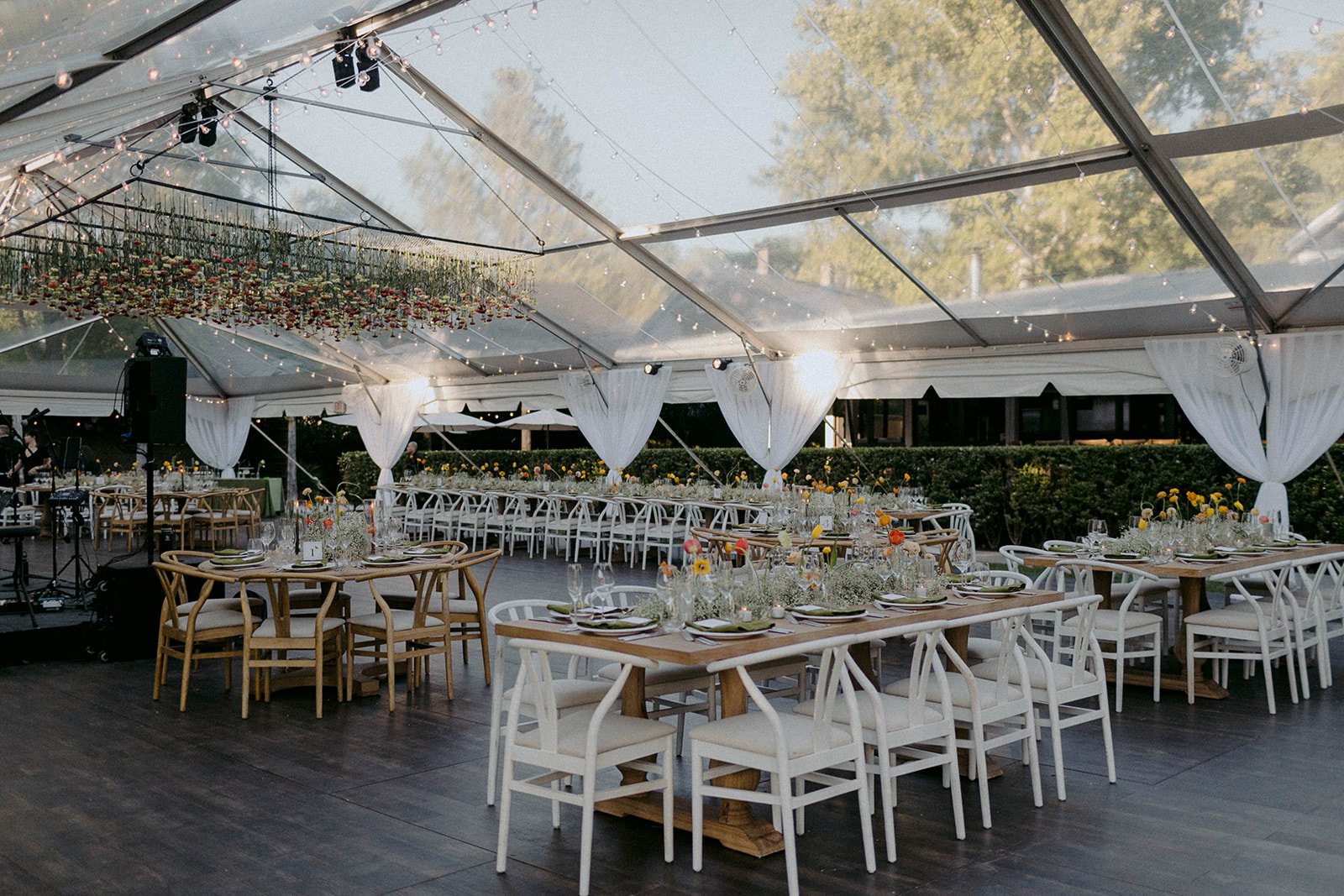
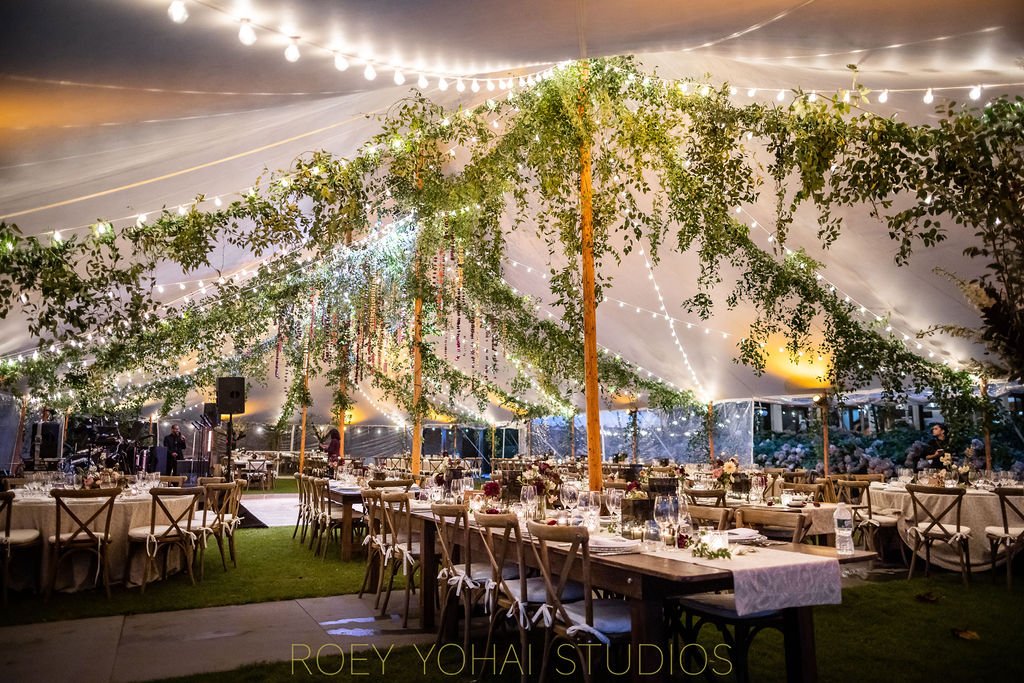
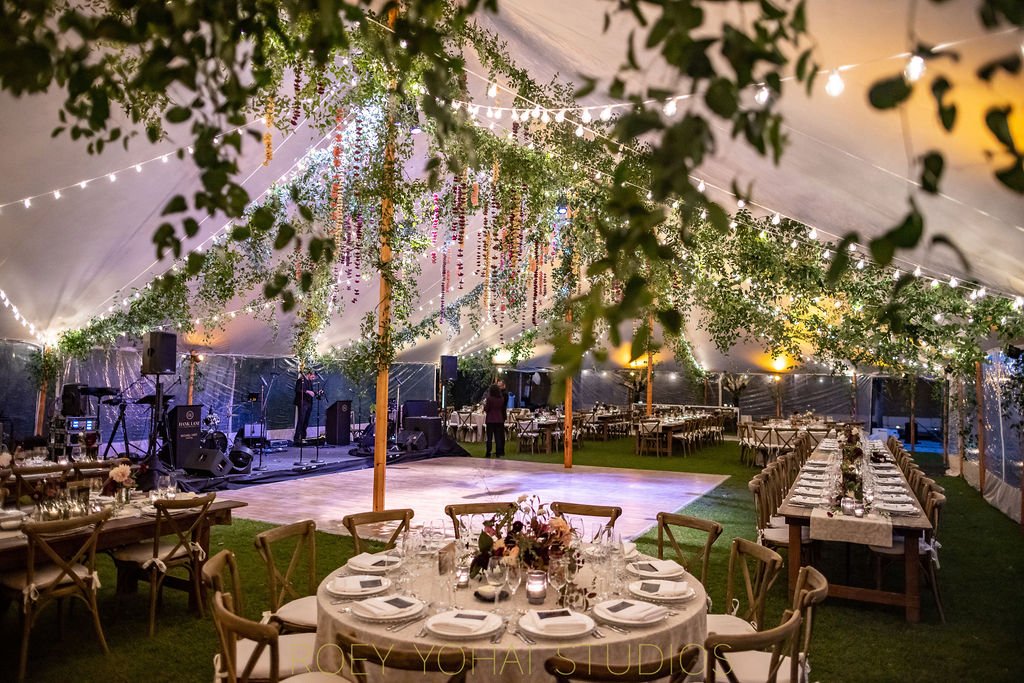

Tenting can be really production heavy and complicated. I have to say - I love planning tented affairs. It really feels like building a house - starting from nothing - to something. If you’re considering a tented wedding – especially at a non-traditional venue (like your home) that’s never been tented, contact us to chat.
Photography by:
Karen Obrist Photography // Roey Yohai Studios // Unique Lapin













